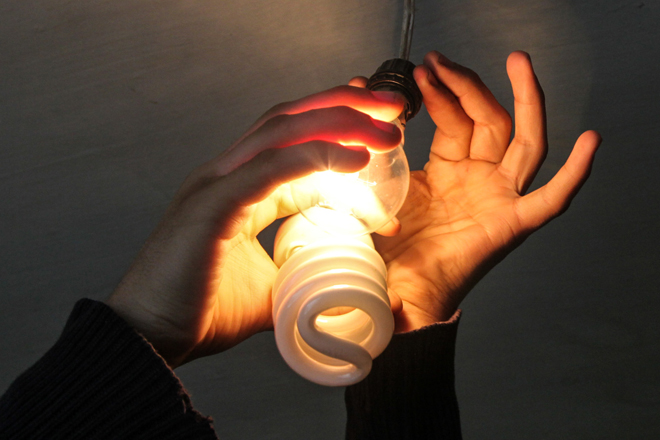Regional fuel prices are significantly higher than Sri Lanka
Sri Lanka pitches into darkness and its people form lines at fuel stations due to the ongoing energy crisis. Fuel, which is the single largest import accounting for 18% of the country’s total import expenditure, cost an alarming USD 3.7 billion in 2021.
Since the actual cost of petrol and diesel is significantly higher than the current selling price, it promotes excessive consumption. This is in direct contradiction to the government's other policies that are aimed at reducing imports.
Although there have been some increases in fuel prices recently, they are inadequate. Sri Lanka continues to sell fuel at a significant loss. Diesel is sold at a loss of LKR 46.80, while petrol is sold at a loss of LKR 18.37. Sri Lanka’s price of fuel is also below its neighbours. The selling price of petrol in India is about LKR 259.44, while diesel is about LKR 235.8. The selling price of petrol in Bangladesh is about LKR 202 while diesel sells at about LKR 188.23. Fuel, therefore, continues to be underpriced, highlighting a serious structural flaw in Sri Lanka’s fuel pricing mechanism.
The losses incurred by the energy utilities have been financed by the state banks and have grown so large they now threaten the stability of the banks. The total liabilities owed by the state-owned monopoly, the CPC (Ceylon Petroleum Corporation) to the country’s two state banks, is a staggering Rs. 707,505 million ( USD3.5 billion) by the end of July 2021. Ensuring energy prices are no longer subsidised will reduce further debt accumulation by the state banks.
Therefore a sharp increase in fuel prices is now unavoidable to prevent destabilising the financial sector and to prevent shortages of fuel supplies. Unless the root causes of the problem are addressed and the interest rates, foreign exchange rates and other key prices within the economy are allowed to be determined by market forces these imbalances will continue to recur.
Providing fuel subsidies also disincentives fuel efficiency. According to World Bank estimates the top 30% of society consume an overwhelming 70% of fuel sold in the country. There is little economic sense in channelling public funds to subsidise the relatively well-off segments of society. A direct cash transfer program targeted at vulnerable households requires far fewer funds and will address the needs of poorer segments of society. This will require a re-examination of the Samurdhi scheme.
Another key reform should include eliminating the barriers to entry to Sri Lanka’s energy sector. Enhancing competition by allowing more players to operate in the market is the only means of achieving both stable supply and stable prices in the long term.
Instead of continuing with the general subsidy, the government should consider introducing a market-driven pricing formula to determine prices at the pump. Immediate and urgent measures to bring about macroeconomic stabilisation needs to complement these reforms if the country is to come out of this difficult situation.
Key Points
- Advocata Institute calls for the implementation of an effective fuel pricing formula.
- Pricing energy correctly reduces the build-up of imbalances.
- Reducing barriers to entry and promoting open markets in energy is the only viable option to reducing fuel prices.
- The current crisis requires far-reaching measures and allowing the price system to function is a crucial step in dealing with the problems.
- Using direct cash transfers to address the issue of equity is more efficient than subsidising all users of a product; the Samurdhi scheme will have to be re-examined for these purposes.

